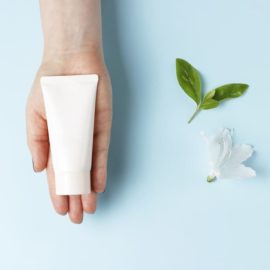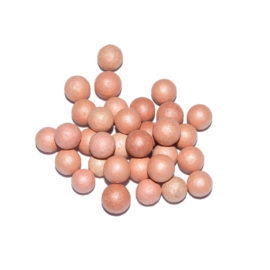Of course we love technology and all of the benefits brought on by our modern and ever-advancing civilization. However, as we reach inevitably farther into the future, we seem to gaze ever more intently back to our past, and our origins. But it’s not just nostalgia that drives this – our technological and scientific advances have shown us that old traditions hide not just vast knowledge, but also a certain familiarity we need and love. Let’s see how ancient eye cosmetics fit into this.
Content
Tradition and heritage for the future
According to the latest research, heritage is one of the most important parts of identity – as many as 82% of consumers in Indonesia agree with that. Almost 80% of Filipinos prefer to buy products that reflect their local culture and almost 70% of Singaporeans prefer to buy from brands and companies that respect their values.
Easy recognition of natural ingredients is crucial
Nowadays, consumers want to be informed, and they are more focused on health and safety than ever before. Furthermore, they expect brands to be transparent about the source of the ingredients and production process. They want to be assured that products are clean and safe. Also, they want an explanation from brands about products, what is included and necessary for the formulation and why. The main reason for this – they are concerned that certain ingredients could lead to health risks.
Natural ingredients are perceived as more familiar, as people have heard of them. And since familiarity is something we trust, consumers tend to prefer products that contain natural ingredients. Even more than that – a quarter of consumers will actively avoid ingredients they don’t recognize.
Even though natural ingredients don’t automatically make the product natural, consumers connect natural products with familiar ingredients. In their perception, safety and quality are associated with familiar ingredients. They don’t look for any ingredient in particular, but instead, they want to know what’s in the product.
Green perception of algae
At the time of increased demand for sustainable and natural ingredients in beauty, algae come as a perfect, not just alternative, but a replacement for undesirable and potentially harmful chemicals. Lots of benefits come from them, they are rich in vitamins, minerals and collagen, and some of them are known for antioxidant and anti-inflammatory properties.
Their qualities make the beauty industry consider them a significant part of today’s skincare.
Enter Seaweed Oil
Commonly known as fucus, seaweed is an olive-brown algae that belongs to the Fucaceae family, its full name is Fucus vesiculosus, and is commonly known as fucus. It covers large surfaces of some Atlantic regions such as English Channel, Baltic Sea, North Sea, Britain and eastern coasts of the United States.
The seaweed oil is an oily extract produced by maceration of fucus in sunflower oil.
Fucus as a plant has been used since ancient times. Its usage was pretty diverse, from food to medicine. 300 years ago it was often used to treat asthma, and also as a fertilizer.
Its cosmetic properties have also recently come to light. Research has discovered a huge antioxidant action of vitamin E present in this algae. The antioxidant activity of vitamin E is due to two main reasons: its actual antioxidant action and free radical scavenger action. The first one reduces the formation of lipoperoxides in the skin, which destabilize the cell membrane and produce skin aging, and the second one protects the cells against free radicals, which are also involved in skin ageing.
All of this makes seaweed oil highly suitable in formulation of cosmetic products to help protect the skin and hair against oxidative processes.
Ancient eye cosmetics are new again
Fucus is also known for its action on subcutaneous fat accumulation and it’s due to phosphatidylcholine, a phospholipid present in abundance in cell membranes. It participates in the structure and transport between the adipogenic cells. Regarding the cosmetic use, it can treat localized fat. According to some clinical studies, using phosphatidylcholine on the treatment of lower eyelid fat pads turned out to be an efficient and less aggressive alternative to other treatments, such as surgical blepharoplasty.
Be it because of its traditional origins and inherent recognizability that appeals to modern consumers, or because of its re-discovered qualities and benefits, fucus and seaweed oil are the familiar future we can look forward to.
Ancient eye cosmetics for the future? Yes, please.
No comments yet
There are no comments on this post yet.





Leave a comment